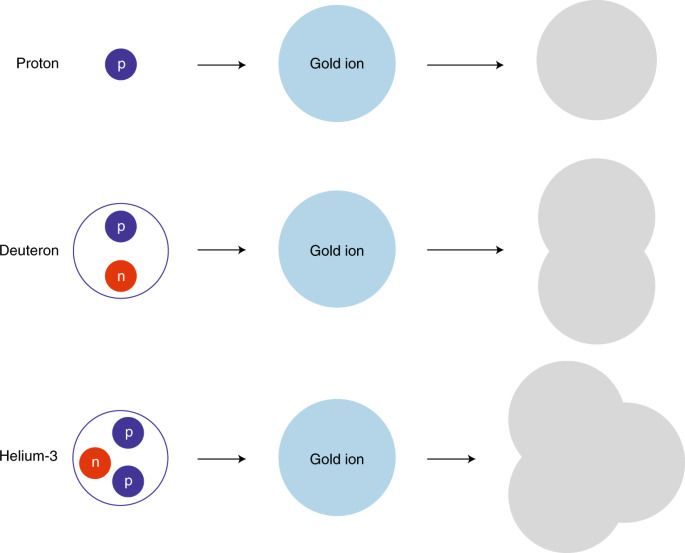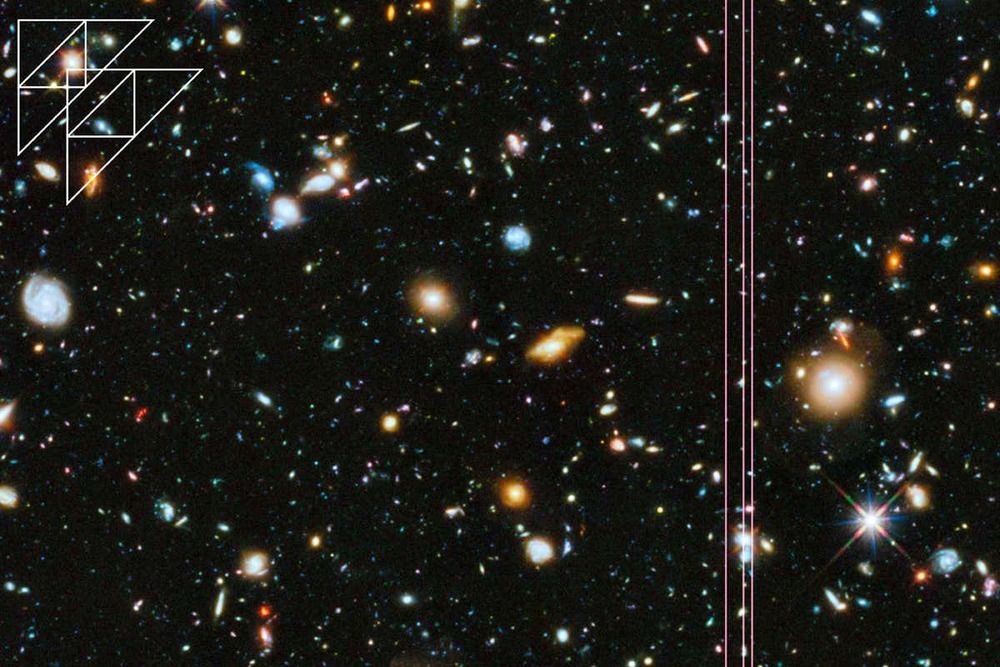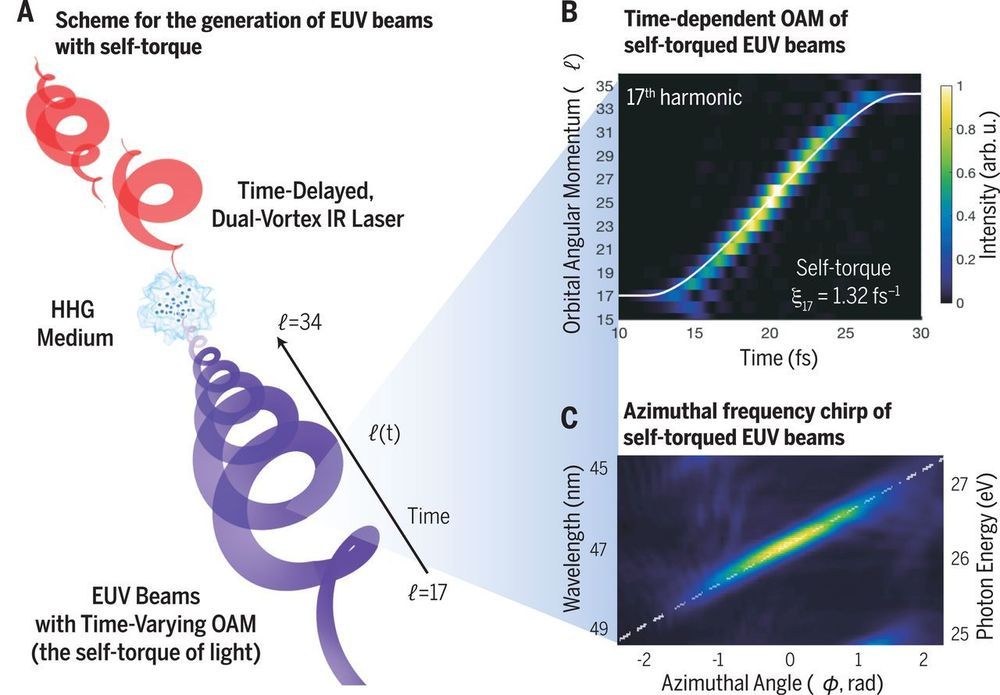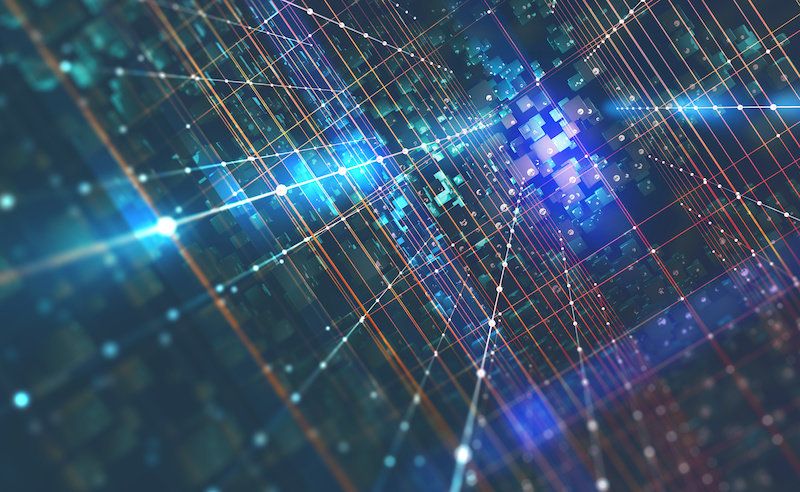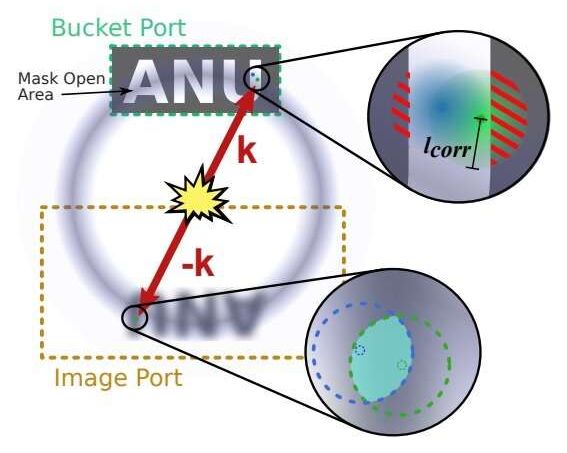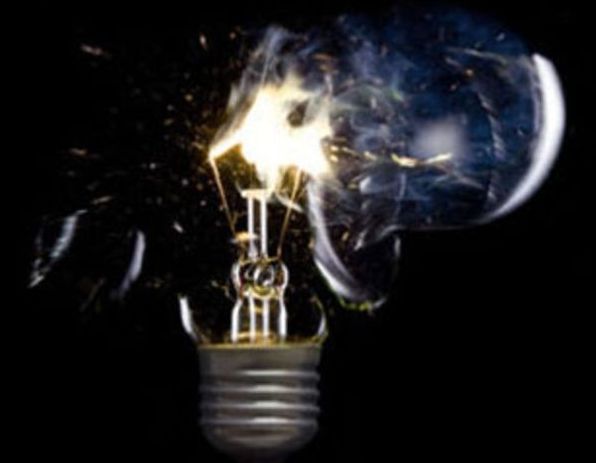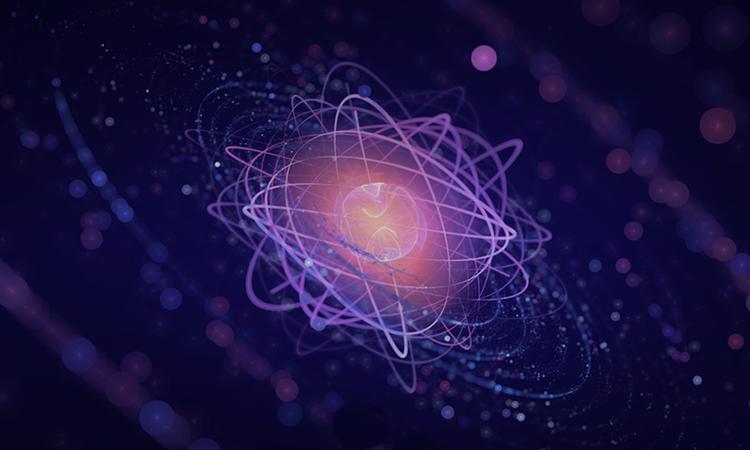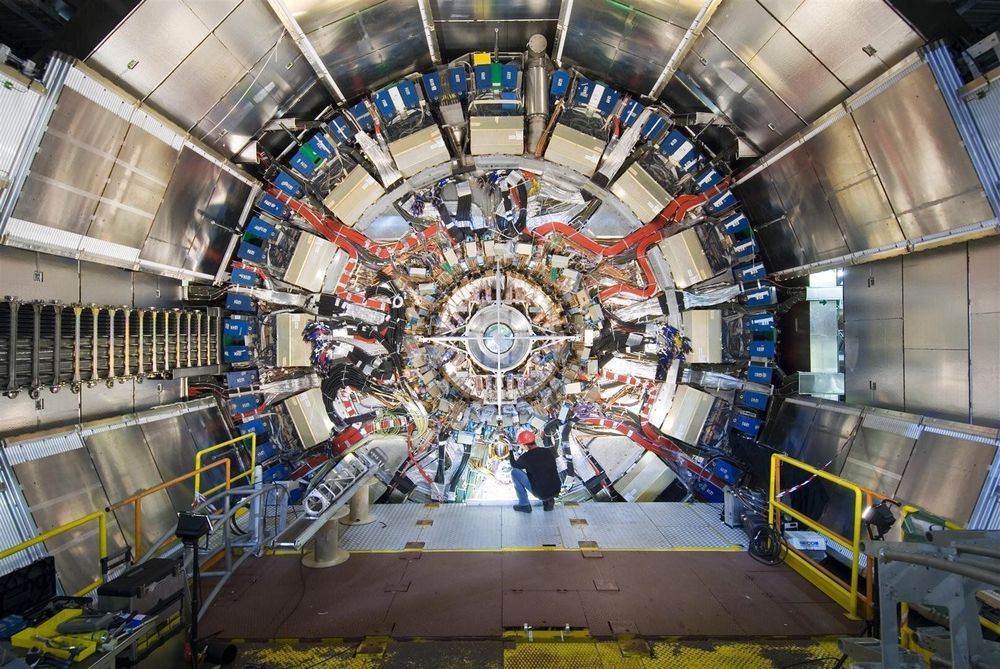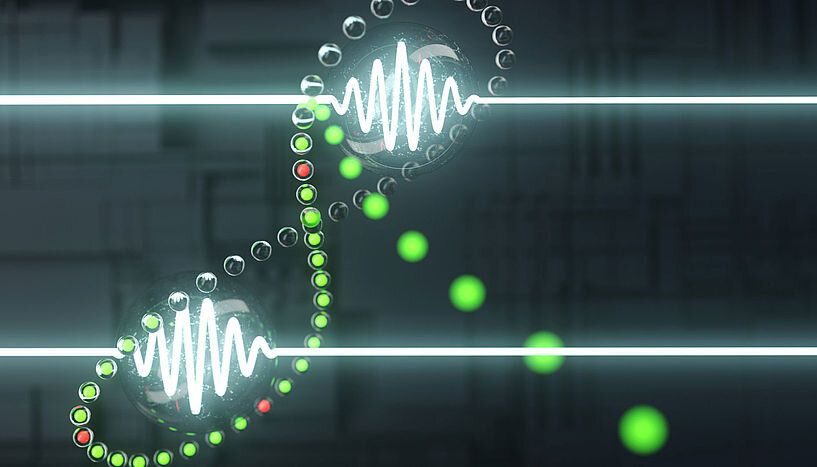Quark–gluon plasma has been recreated in heavy-ion collisions, providing a glimpse of the very early Universe. The PHENIX Collaboration offers new insights into the possible creation of this state in smaller collision systems.
Archive for the ‘particle physics’ category: Page 453
Jun 30, 2019
10 mysteries of the universe: Why does anything exist at all?
Posted by Quinn Sena in category: particle physics
It actually makes more sense that all the foundational physics laws do not exist but somehow they do. That is why I still believe there is some governing force that controls the parameters possibly. It makes more sense that our universe somehow was not created than it all somehow just magically sustained itself. That is why I think aliens created the universe as a containment possibly or that the laws of physics somehow are not completely know of how they all work together. Some talk about super symmetry but still seems some sorta things are still not know and we may never know until the theory of everything can be created.
Our best theories predict that all the matter in the universe should have been destroyed as soon as it existed. So how comes there’s something, not nothing?
By Daniel Cossins
Continue reading “10 mysteries of the universe: Why does anything exist at all?” »
Jun 30, 2019
Scientists are searching for a mirror universe. It could be sitting right in front of you
Posted by Genevieve Klien in category: particle physics
If the “mirrorverse” exists, upcoming experiments involving subatomic particles could reveal it.
A mirrorverse could be just as real as our own universe but almost completely cut off from it. Jackson Gibbs / for NBC News.
Jun 28, 2019
Generation of extreme-ultraviolet beams with time-varying orbital angular momentum
Posted by Genevieve Klien in categories: nanotechnology, particle physics
Structured light beams can serve as vortex beams carrying optical angular momentum and have been used to enhance optical communications and imaging. Rego et al. generated dynamic vortex pulses by interfering two incident time-delayed vortex beams with different orbital angular momenta through the process of high harmonic generation. A controlled time delay between the pulses allowed the high harmonic extreme-ultraviolet vortex beam to exhibit a time-dependent angular momentum, called self-torque. Such dynamic vortex pulses could potentially be used to manipulate nanostructures and atoms on ultrafast time scales.
Science, this issue p. eaaw9486.
Jun 27, 2019
Physicists ‘teleport’ logic operation between separated ions
Posted by Quinn Sena in categories: computing, particle physics, quantum physics, space
Physicists at the National Institute of Standards and Technology (NIST) have teleported a computer circuit instruction known as a quantum logic operation between two separated ions (electrically charged atoms), showcasing how quantum computer programs could carry out tasks in future large-scale quantum networks.
Quantum teleportation transfers data from one quantum system (such as an ion) to another (such as a second ion), even if the two are completely isolated from each other, like two books in the basements of separate buildings. In this real-life form of teleportation, only quantum information, not matter, is transported, as opposed to the Star Trek version of “beaming” entire human beings from, say, a spaceship to a planet.
Teleportation of quantum data has been demonstrated previously with ions and a variety of other quantum systems. But the new work is the first to teleport a complete quantum logic operation using ions, a leading candidate for the architecture of future quantum computers. The experiments are described in the May 31 issue of Science.
Jun 27, 2019
Quantum ghost imaging improved by using five-atom correlations
Posted by Quinn Sena in categories: particle physics, quantum physics
In conventional imaging methods, a beam of photons (or other particles) is reflected off the object to be imaged. After the beam travels to a detector, the information gathered there is used to create a photograph or other type of image. In an alternative imaging technique called “ghost imaging,” the process works a little differently: an image is reconstructed from information that is detected from a beam that never actually interacts with the object.
The key to ghost imaging is to use two or more correlated beams of particles. While one beam interacts with the object, the second beam is detected and used to reconstruct the image, even though the second beam never interacts with the object. The only aspect of the first beam that is detected is the arrival time of each photon on a separate detector. But because the two beams are correlated, the image of the object can be fully reconstructed.
While two beams are usually used in ghost imaging, recent research has demonstrated higher-order correlations—that is, correlations among three, four, or five beams. Higher-order ghost imaging can lead to improvements in image visibility, but it comes with the drawback that higher-order correlated events have a lower probability of detection, which causes lower resolution.
Jun 26, 2019
Physicists Are Making Solid Light
Posted by Quinn Sena in categories: materials, particle physics
Circa 2014
A team of researchers from Princeton University has started doing some very strange things with light. Instead of letting it zip by at incredibly high speed, they’re stopping it dead: freezing it into crystal.
Crucially, they’re not shining light through crystal; rather, they making light into crystal. It’s a process that involves fixing the particles of light known as photons in a single spot, freezing them permanently in one place. It’s never been done before, and it could help develop new exotic materials with weird and wonderful properties.
Jun 26, 2019
The Strong Force Is What’s Holding the Entire Universe Together
Posted by Quinn Sena in category: particle physics
Particle physicists might seem like a dry bunch, but they have their fun. Why else would there be such a thing as a “strange quark”? When it comes to the fundamental nuclear forces, though, they don’t mess around: the strongest force in nature is known simply as the “strong force,” and it’s the force that literally holds existence together.
Jun 25, 2019
New searches for supersymmetry presented by ATLAS experiment
Posted by Quinn Sena in categories: cosmology, particle physics, quantum physics
The Standard Model is a remarkably successful but incomplete theory. Supersymmetry (SUSY) offers an elegant solution to the Standard Model’s limitations, extending it to give each particle a heavy “superpartner” with different spin properties (an important quantum number distinguishing matter particles from force particles and the Higgs boson). For example, sleptons are the spin 0 superpartners of spin 1/2 electrons, muons and tau leptons, while charginos and neutralinos are the spin 1/2 counterparts of the spin 0 Higgs bosons (SUSY postulates a total of five Higgs bosons) and spin 1 gauge bosons.
If these superpartners exist and are not too massive, they will be produced at CERN’s Large Hadron Collider (LHC) and could be hiding in data collected by the ATLAS detector. However, unlike most processes at the LHC, which are governed by strong force interactions, these superpartners would be created through the much weaker electroweak interaction, thus lowering their production rates. Further, most of these new SUSY particles are expected to be unstable. Physicists can only search for them by tracing their decay products—typically into a known Standard Model particle and the lightest supersymmetric particle (LSP), which could be stable and non-interacting, thus forming a natural dark matter candidate.
On 20 May, 2019, at the Large Hadron Collider Physics (LHCP) conference in Puebla, Mexico, and at the SUSY2019 conference in Corpus Christi, U.S., the ATLAS Collaboration presented numerous new searches for SUSY based on the full LHC Run 2 dataset (taken between 2015 and 2018), including two particularly challenging searches for electroweak SUSY. Both searches target particles that are produced at extremely low rates at the LHC, and decay into Standard Model particles that are themselves difficult to reconstruct. The large amount of data successfully collected by ATLAS in Run 2 provides a unique opportunity to explore these scenarios with new analysis techniques.
Jun 25, 2019
Physicists develop new method to prove quantum entanglement
Posted by Quinn Sena in categories: computing, particle physics, quantum physics
One of the essential features required for the realization of a quantum computer is quantum entanglement. A team of physicists from the University of Vienna and the Austrian Academy of Sciences (ÖAW) introduces a novel technique to detect entanglement even in large-scale quantum systems with unprecedented efficiency. This brings scientists one step closer to the implementation of reliable quantum computation. The new results are of direct relevance for future generations of quantum devices and are published in the current issue of the journal Nature Physics.
Quantum computation has been drawing the attention of many scientists because of its potential to outperform the capabilities of standard computers for certain tasks. For the realization of a quantum computer, one of the most essential features is quantum entanglement. This describes an effect in which several quantum particles are interconnected in a complex way. If one of the entangled particles is influenced by an external measurement, the state of the other entangled particle changes as well, no matter how far apart they may be from one another. Many scientists are developing new techniques to verify the presence of this essential quantum feature in quantum systems. Efficient methods have been tested for systems containing only a few qubits, the basic units of quantum information. However, the physical implementation of a quantum computer would involve much larger quantum systems.
